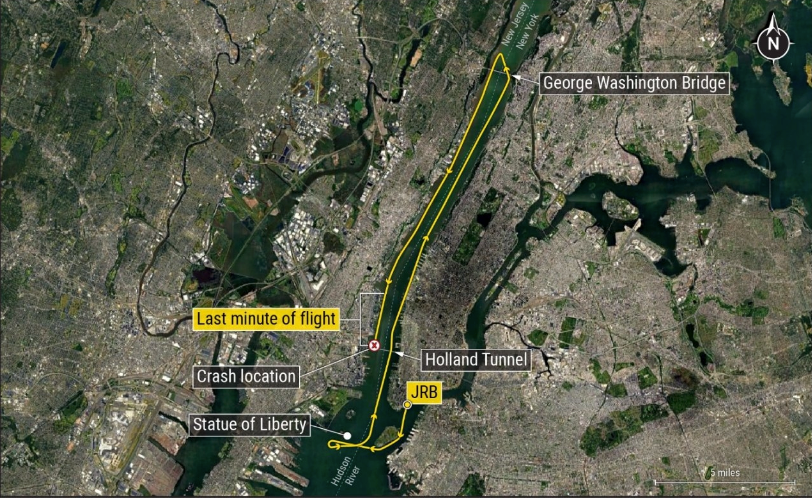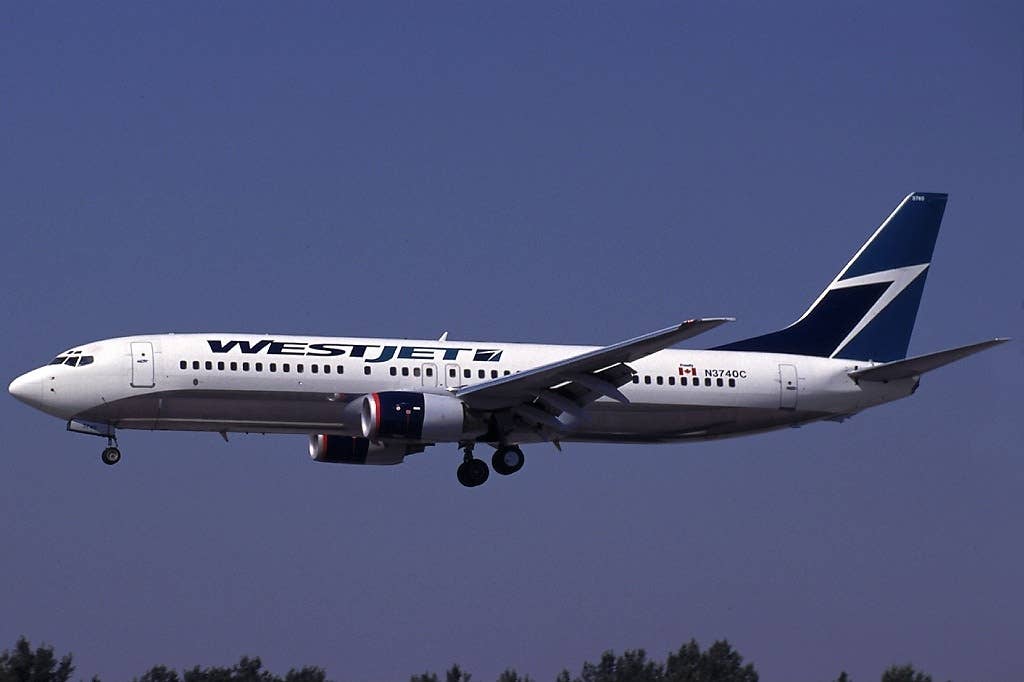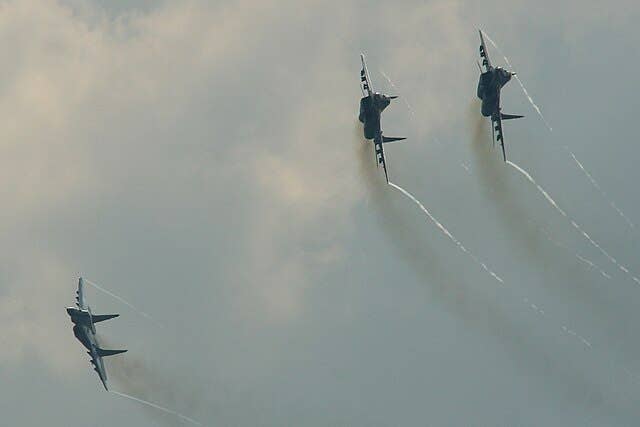
Aviation NewsSightseeing Helicopter Broke Into Three Pieces In New Jersey Crash
Surveillance video is being studied as part of the investigation into a helicopter crash that killed six last month off New Jersey.
Russ Niles
Surveillance video is being studied as part of the investigation into a helicopter crash that killed six last month off New Jersey.
Russ Niles
Delta Airlines, Korean Airlines and Air France/KLM are buying 25% of Canada’s WestJet.
Russ Niles
If confirmed, the battle could be one of the largest dogfights since World War II.
Amelia Walsh